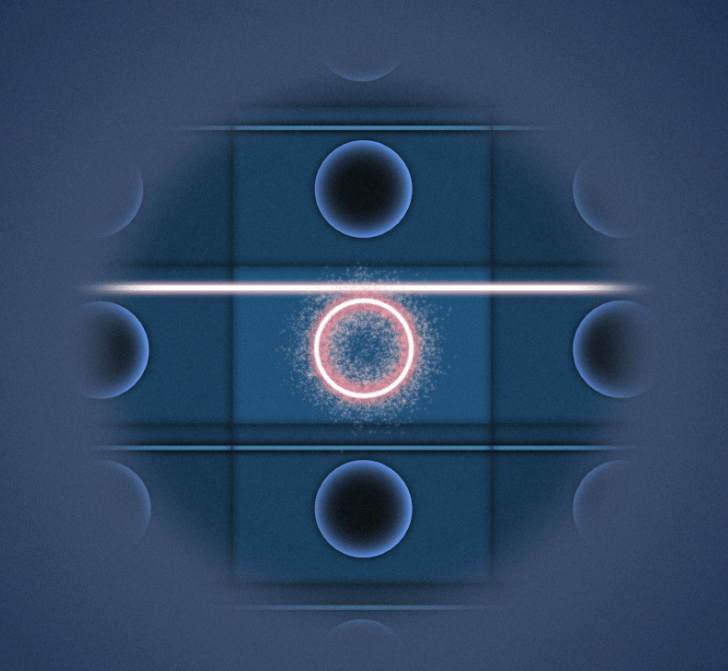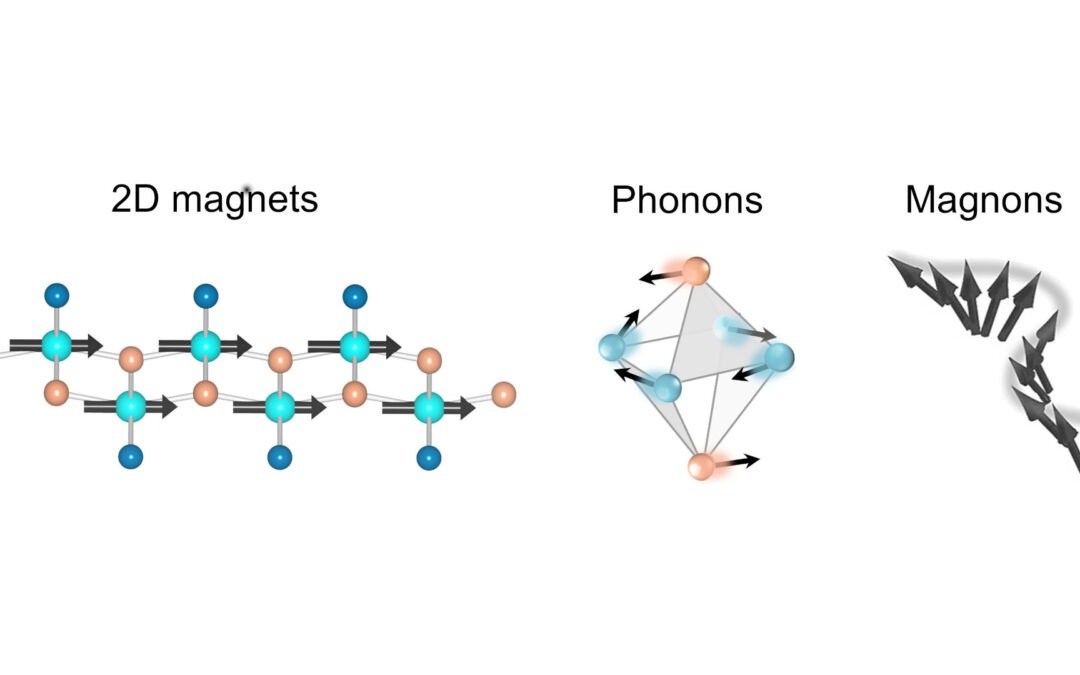The European FET-OPEN COSMICS project, of which the MPQ laboratory (resp. Amandine Bellec) is one of the 6 partners, has developed a short movie presenting molecular spintronics and the challenges of the project.
The project is based on a collaboration between different groups of chemists, experimental physicists and theorists. The primary objective is the development of novel state-of-the-art, easy-to-use models to calculate and predict the properties of materials and devices, in particular for molecular spintronics.
COSMICS: Making molecular spintronics reality
Link to the article on the University of Paris website
Website of the COSMICS project
À lire aussi

TUPHO, for large-scale production of integrated photonic circuits
The TUPHO project is an initiative that aims to bridge the gap between upstream innovation and large-scale production in the integrated photonic circuits (PICs) industry. It is led by Hamidreza Neshasteh and Ivan Favero, members of the Light and Mechanics team at MPQ...

Towards light control of van der Waals magnets
Laboratoire: MPQ (Matériaux et Phénomènes Quantiques), Université Paris Cité & CNRS Adress: Bâtiment Condorcet – 10 Rue A. Domon et L. Duquet – 75013 Paris Internship/PhD supervisor: Niloufar Nilforoushan and Yann Gallais Tel: 0157276223 e-mail:...

Seminars
2025-2026 MPQ general seminar series organized by Niloufar Nilforoushan and Valentin Cambier Prof. Sebastian Loth — Institute for Functional Matter and Quantum Technologies, University of Stuttgart, GermanyTitle: Coming soonJan. 16, 2026 at 11:00 am — Salle Luc...

On-Chip Ferromagnetic Resonance for van der Waals Heterostructures: Anisotropy and Damping of Cobalt Interfaced with Exfoliated 2D Materials
A collaboration between the technical hub, the clean room platform and the TELEM group at MPQ laboratory has developped a new experiment demonstrating that standard broadband ferromagnetic resonance can still be effective to probe the magnetization dynamics of “thin...
